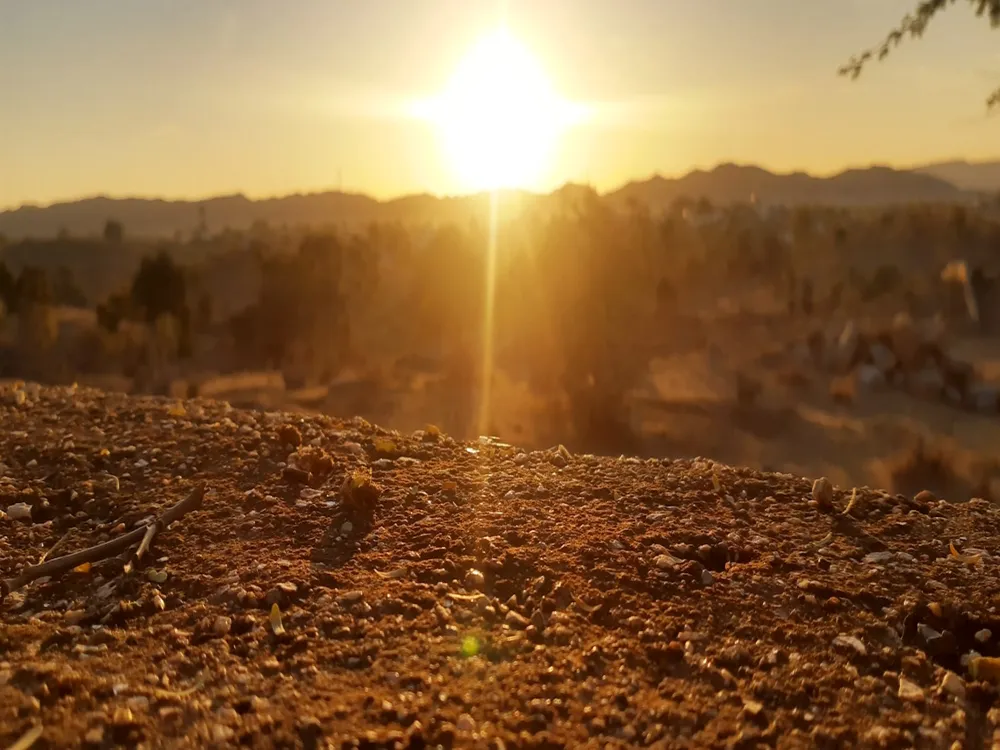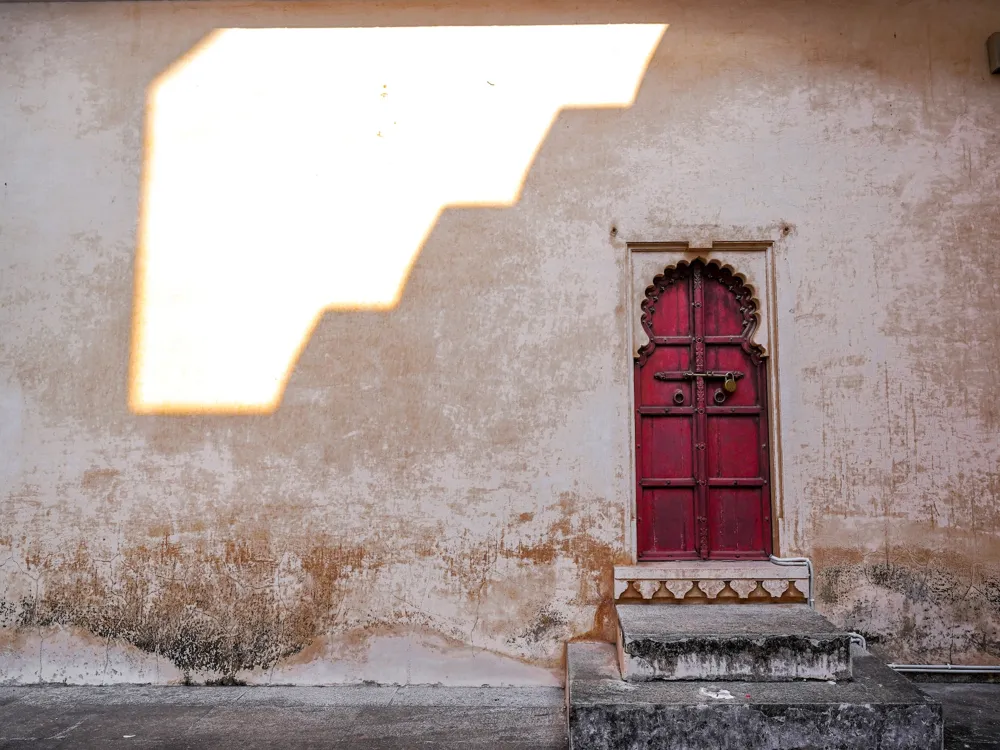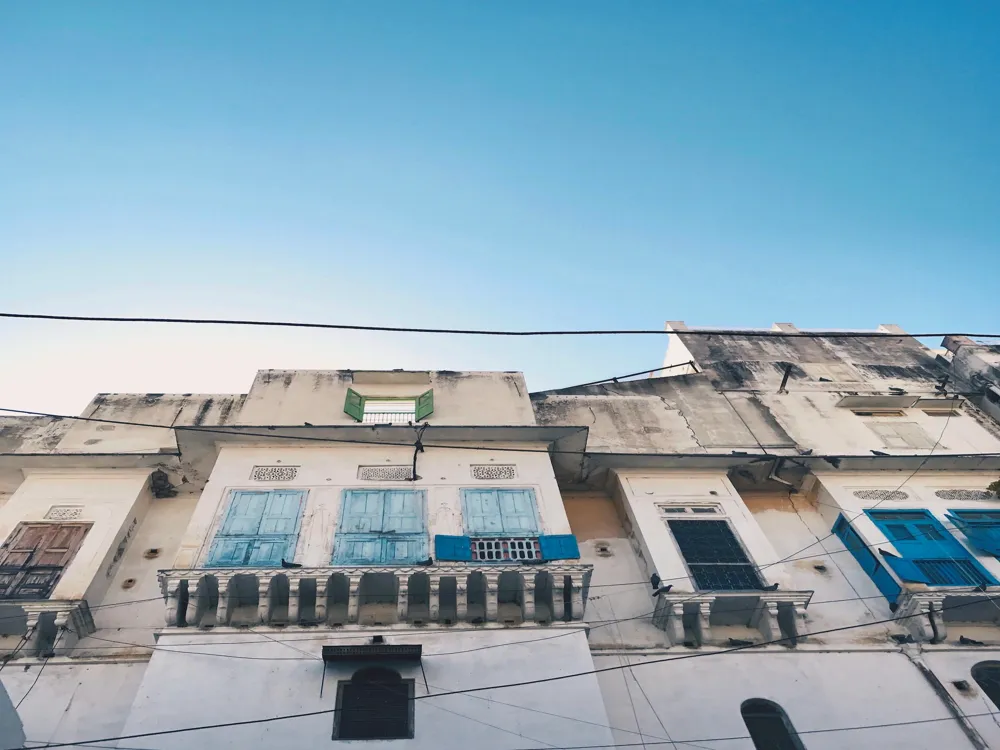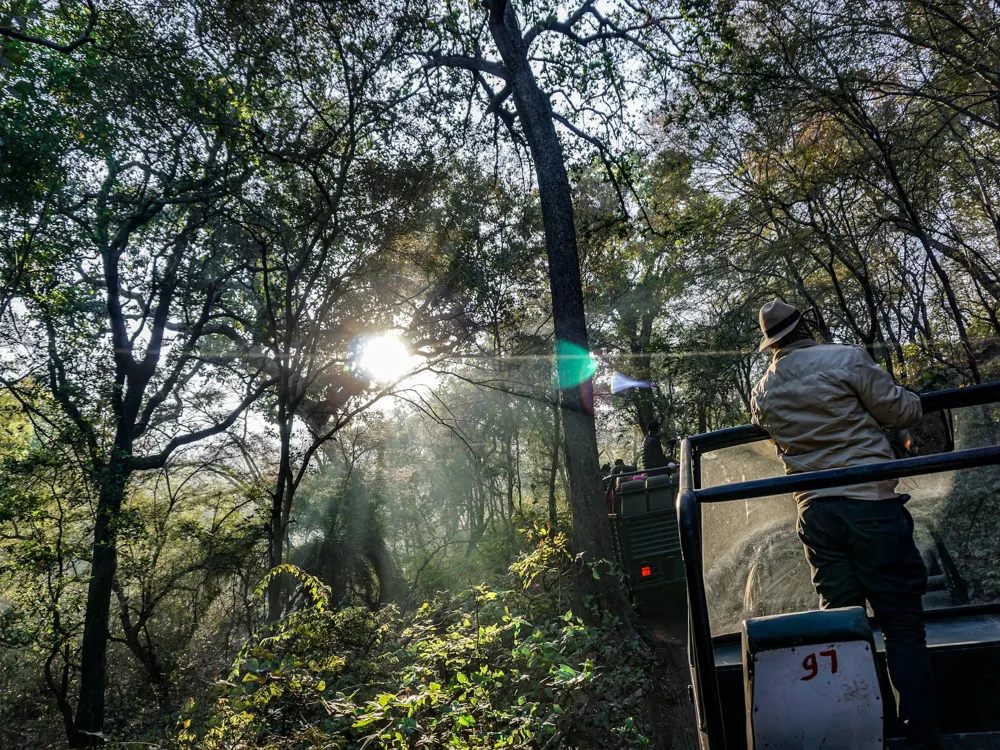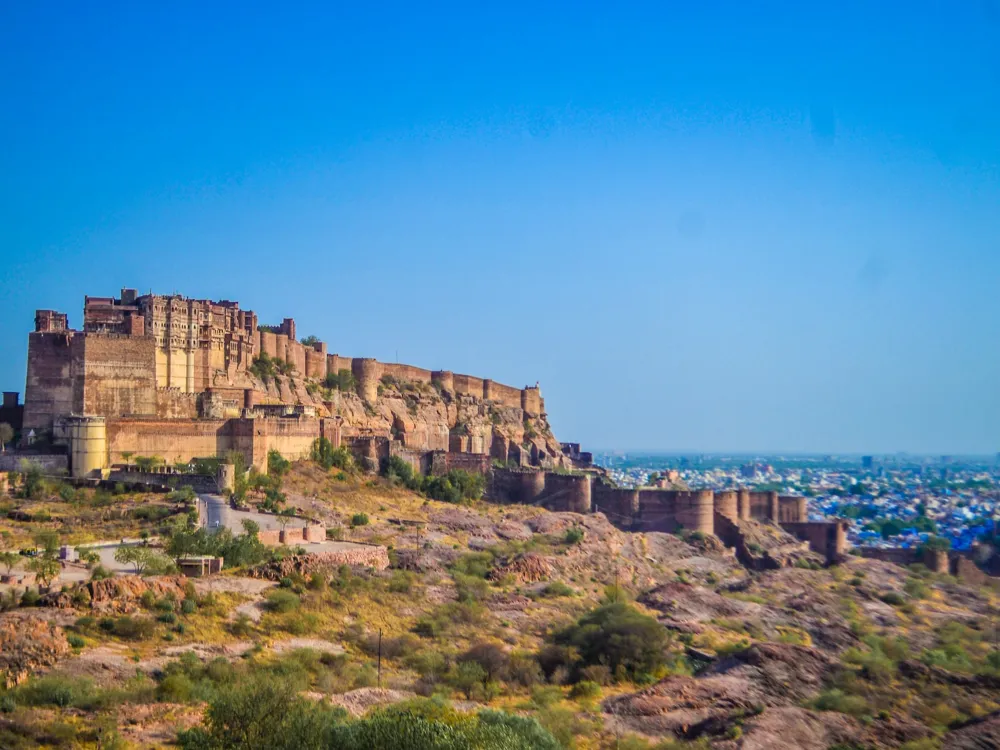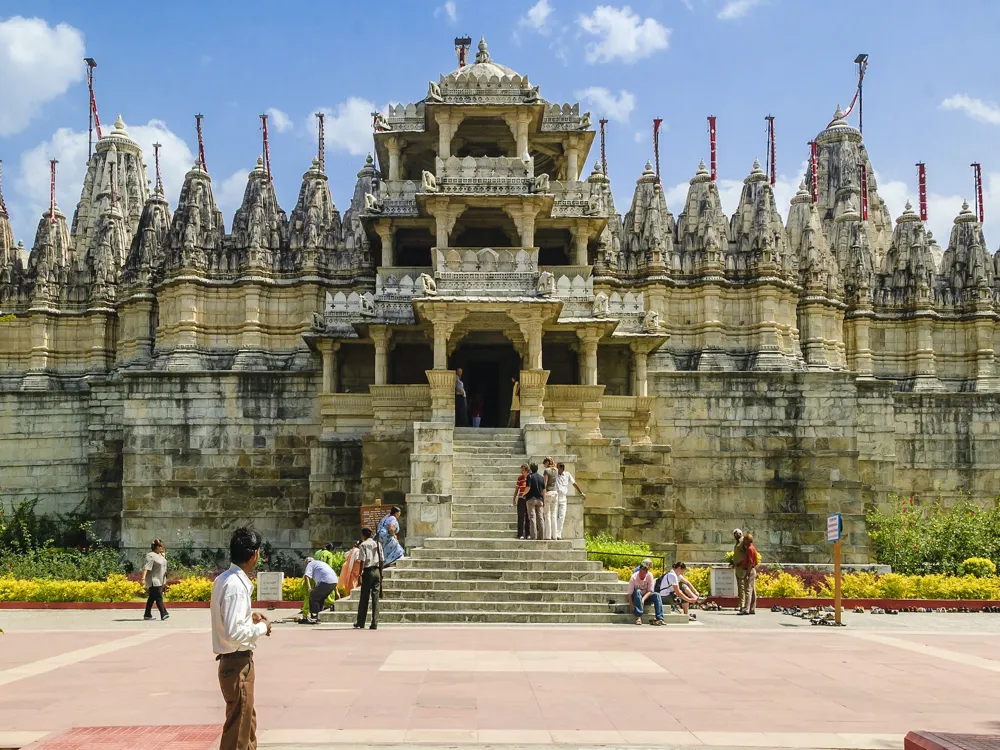Nestled in the historic city of Chittorgarh in Rajasthan, the Archaeological Museum stands as a testament to India's rich cultural and historical heritage. Chittorgarh, known for its formidable fort and heroic past, is home to this museum which houses an impressive collection of artifacts that illuminate the history of the region. The museum, established in 1968, is situated near the eastern gate of the Chittorgarh fort, offering visitors a glimpse into the ancient and medieval periods of Indian history.
The museum's collection includes a fascinating array of objects that range from sculptures and coins to inscriptions and paintings. These artifacts, some dating back to the 4th century, provide insights into the life and times of the people who once inhabited this region. The sculptures, predominantly in the Hindu and Jain styles, showcase the artistic excellence and religious fervor of the past. Among the museum's most prized possessions are the statues of Lord Vishnu and the Jain Tirthankaras, beautifully crafted and evoking devotion and admiration.
Additionally, the museum displays a variety of weapons, tools, and everyday objects that offer a window into the daily life of the historical inhabitants of Chittorgarh. The coin collection is particularly notable, featuring specimens from different eras, including the Gupta and Mughal periods, revealing the economic and trade practices of the time. The museum also houses a collection of inscriptions written in various scripts, providing valuable information on the political, social, and cultural aspects of the region's history.
Beyond its extensive collection, the Archaeological Museum also plays a vital role in preserving and promoting the region's heritage. It conducts regular research and preservation activities, ensuring that the artifacts are maintained in optimal condition for future generations. The museum also organizes exhibitions and educational programs, making it a center of learning and cultural exchange.
The setting of the museum, amidst the ruins of the Chittorgarh Fort, adds to its allure. The fort itself is a UNESCO World Heritage Site, celebrated for its massive architecture and historical significance. Visiting the museum offers an opportunity to explore the fort, understand its stories, and immerse oneself in the legacy of one of India's most iconic historical sites.
The architecture of the Archaeological Museum of Chittorgarh is as captivating as the treasures it holds. Reflecting the traditional Rajasthani style, the building is an amalgamation of historical and cultural influences, mirroring the diverse history of the region. The museum's structure is designed to harmoniously blend with the majestic Chittorgarh Fort, creating a seamless historical experience for visitors.
The museum building is characterized by its imposing façade, featuring intricately carved stone arches and jharokhas (overhanging enclosed balconies), typical of Rajasthani architecture. These architectural elements not only enhance the building's aesthetic appeal but also serve practical purposes, such as regulating light and air flow, crucial in the region's arid climate.
Inside, the museum is organized into several galleries, each dedicated to a specific aspect of the region's history and culture. The layout is thoughtfully designed to guide visitors through a chronological journey, starting from the earliest artifacts to more recent historical objects. The use of natural light, high ceilings, and spacious corridors creates an inviting atmosphere, encouraging visitors to explore and engage with the exhibits.
The museum's architecture also incorporates elements of sustainability and conservation. The building is constructed using locally sourced materials, which not only reduces the environmental impact but also ensures that the structure resonates with the local architectural heritage. Additionally, the museum employs modern conservation techniques to protect and preserve the artifacts, ensuring they withstand the test of time.
The integration of traditional design with modern amenities makes the Archaeological Museum of Chittorgarh a fine example of architectural innovation. It stands not just as a repository of the past but also as a symbol of how history and heritage can be preserved and celebrated through thoughtful design.
Before visiting the Archaeological Museum, it's advisable to plan your trip. Check the museum's opening hours and any special events or exhibitions that might be happening during your visit. Also, consider the weather in Chittorgarh, as it can get quite hot during the summer months.
Opt for a guided tour if available. These tours are often conducted by knowledgeable guides who provide valuable insights into the exhibits and the history of Chittorgarh. It enriches the experience and offers a deeper understanding of the artifacts.
Wear comfortable clothing and shoes. The museum and the fort area can involve a fair amount of walking, so it's important to be dressed comfortably. Carry a hat and sunglasses to protect yourself from the sun.
Check the museum's photography policy. While photography might be allowed in some areas, it may be restricted in others. Always ask for permission before taking photos, especially of the artifacts.
Respect the museum's rules and regulations. Do not touch the exhibits, and maintain silence in the galleries. This not only helps in preserving the artifacts but also ensures a pleasant experience for all visitors.
The Archaeological Museum of Chittorgarh is easily accessible by various modes of transportation. The nearest airport is Maharana Pratap Airport in Udaipur, which is about 90 kilometers away. From there, one can hire a taxi or take a bus to Chittorgarh. The city is also well-connected by train, with the Chittorgarh railway station being a major stop for many long-distance trains. For those preferring to travel by road, Chittorgarh is well-connected with major cities in Rajasthan and neighboring states via national and state highways. Local transportation within the city, such as auto-rickshaws and taxis, are readily available for reaching the museum.
Overview of the Archaeological Museum of Chittorgarh, Rajasthan
Architecture of the Archaeological Museum
Tips When Visiting the Archaeological Museum
Plan Your Visit
Guided Tours
Comfortable Attire
Photography
Respect the Rules
How To Reach the Archaeological Museum
Archaeological Museum
Chittorgarh
Rajasthan
₹ 9,200 onwards
View chittorgarh Packages
Chittorgarh Travel Packages
View All Packages For Chittorgarh
Top Hotel Collections for Chittorgarh

Private Pool

Luxury Hotels

5-Star Hotels

Pet Friendly
Top Hotels Near Chittorgarh
Other Top Ranking Places In Chittorgarh
View All Places To Visit In chittorgarh
View chittorgarh Packages
Chittorgarh Travel Packages
View All Packages For Chittorgarh
Top Hotel Collections for Chittorgarh

Private Pool

Luxury Hotels

5-Star Hotels

Pet Friendly









